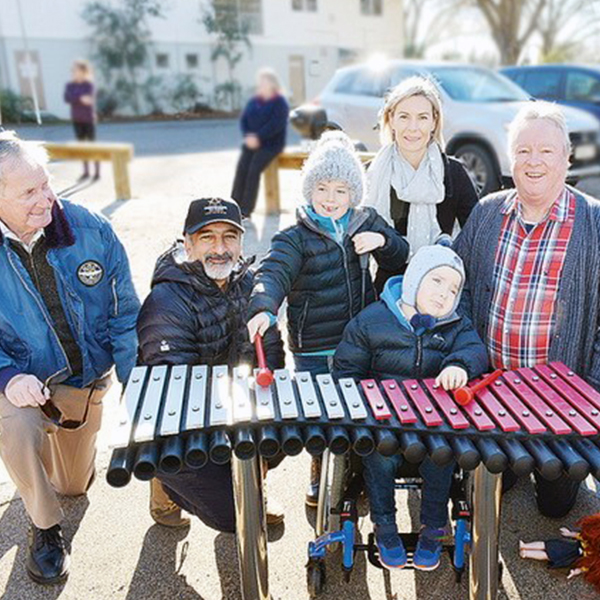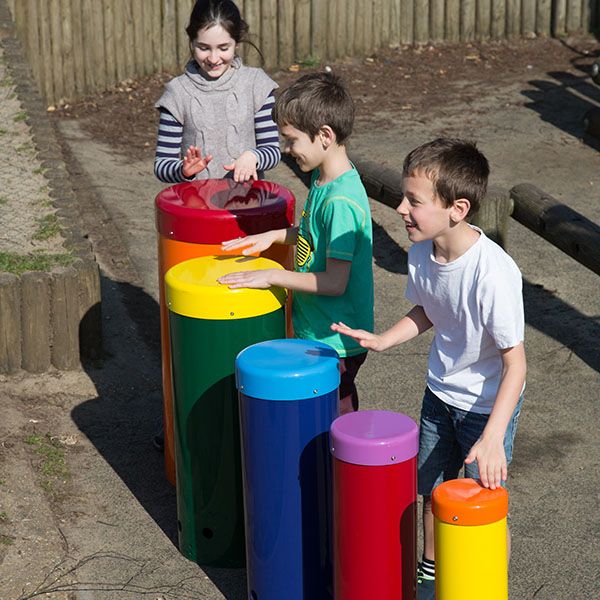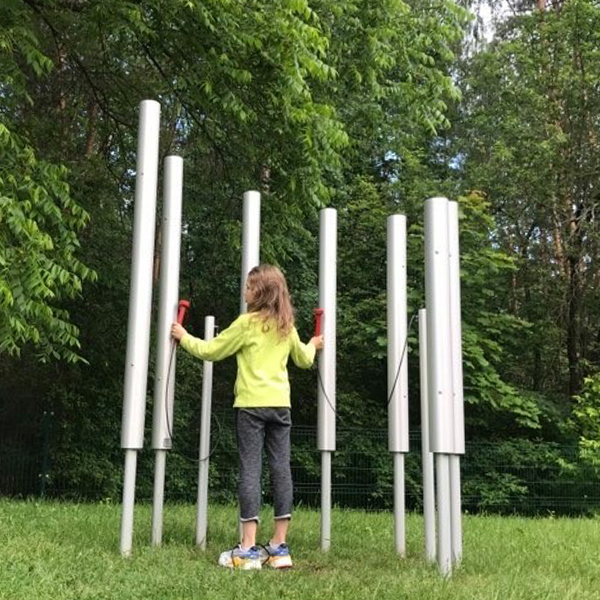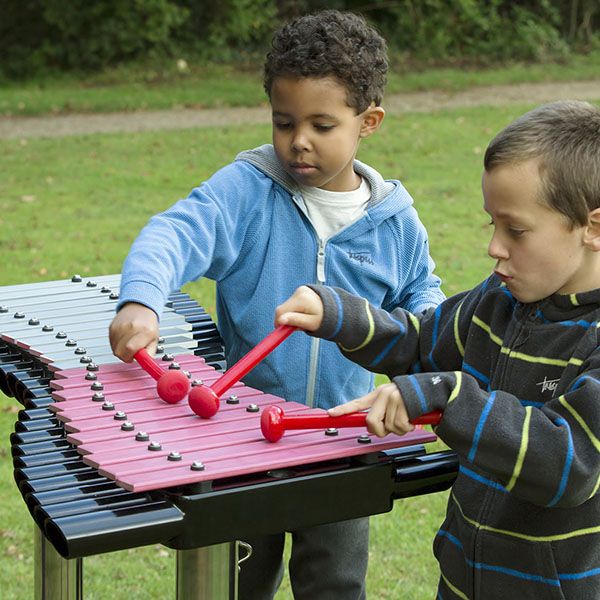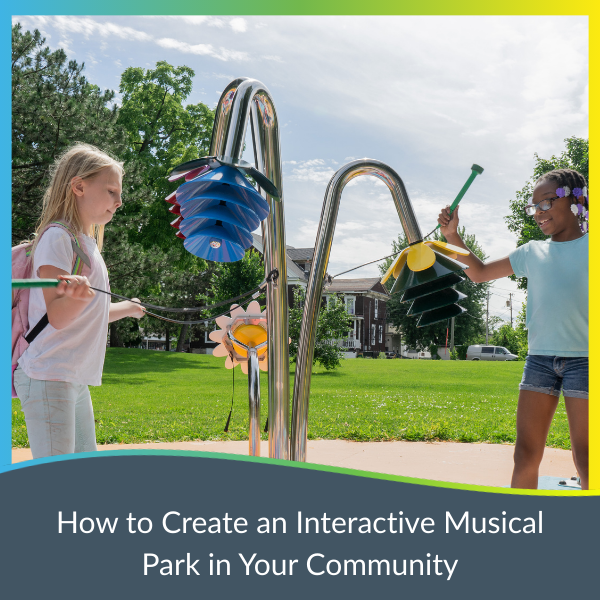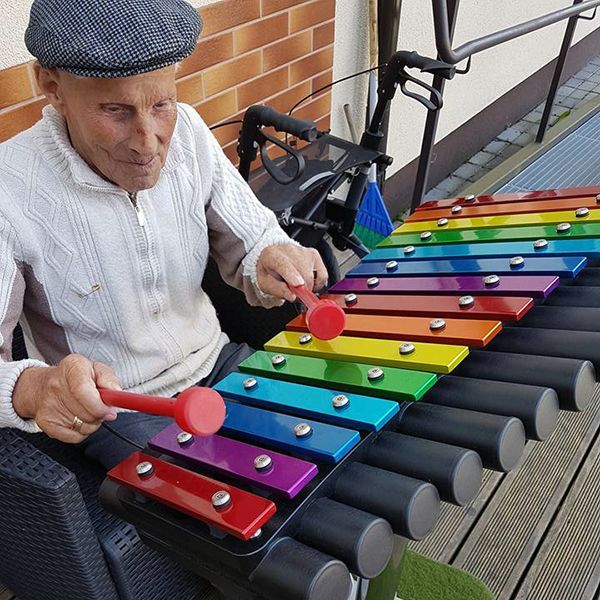
Introduction
At Percussion Play, we believe music is more than just sound—it’s a powerful tool for childhood development and community connection. When integrated thoughtfully into outdoor spaces, music transforms ordinary play areas into vibrant, inclusive environments where creativity, learning, and social interaction thrive.
As landscape architects, you have the unique opportunity to shape spaces that are not only visually appealing but also universally accessible. By incorporating musical play equipment into your designs, you can create inclusive environments where every child, regardless of ability, can experience the joy and benefits of music.
In this blog, we’ll explore how you can design musical play areas that are both inclusive and inspiring—spaces where everyone feels welcome and empowered to join in the fun.
